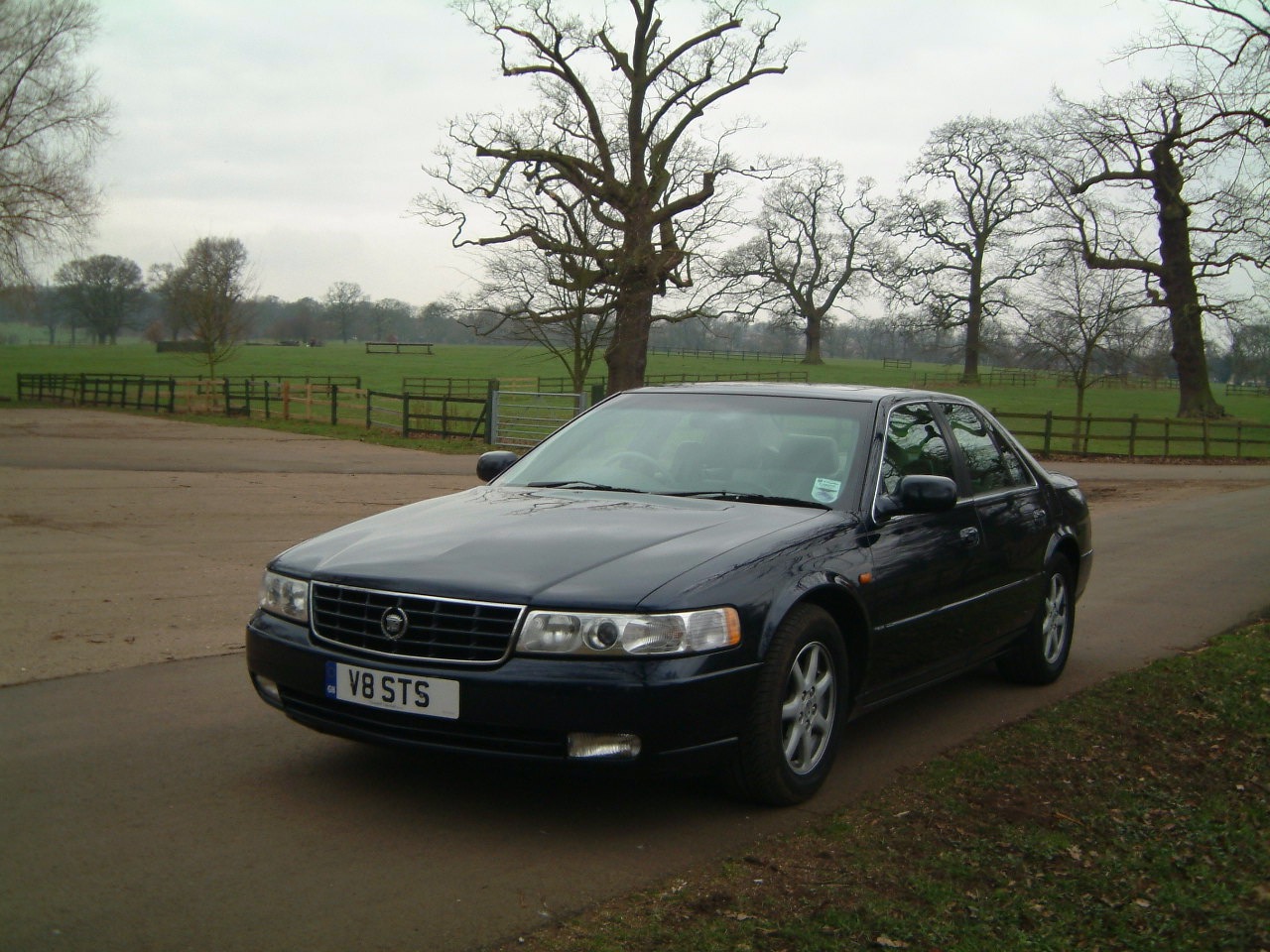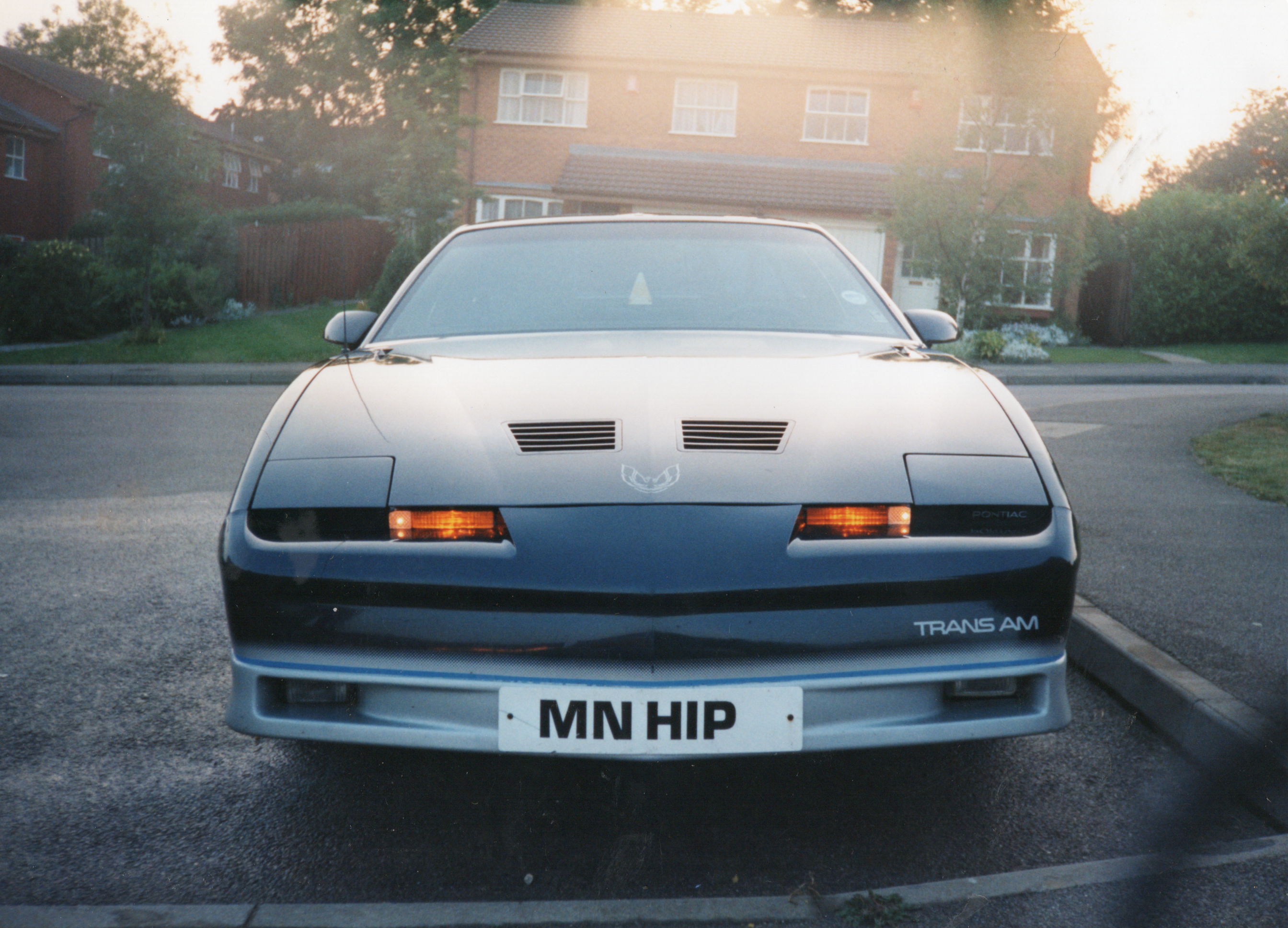A few years ago I owned a 2000 Cadillac Seville STS. A lovely comfortable car with effortless driving with 300 horses on tap from its 4.6 litre V8.
Unusually at the time, it was front wheel drive and if pulling away from standstill in a rock ‘n’ roll manner, the road surface seemed to initially fight back and not let it progress. However, I think this model was not designed for aggressive driving, but more for a pleasurable drive to its destination.

Amid the wealth of electronic features that this car employed compared with other similar marques on the road at it its time, was a Driver Information Center (DIC) located at the bottom of the instrument panel cluster. This gave the driver a text display of the status of many of the vehicles systems including warnings and personalised features.
I was driving home from a friends one Sunday evening around 10 pm in the height of the summer as the sun was setting casting its orange glow. The roads were quite empty and most people were probably indoors preparing for the imminent working week. The route comprised of several single and double lane ‘A’ roads with roundabouts. On the “Caddy”, in addition to a favourite CD playing, all safety features were enabled by default, including the stability system and traction control with no reason to disable them.

As one of my other owned vehicles at that time was a Subaru Impreza Turbo, I was used to driving progressively (at legal speeds), making the most of the bends, roundabouts and open road – weather conditions and traffic permitting, capitalising on the strengths the Impreza was designed for.
As my journey was stress free, lack of traffic, perfect visibility and a nice summer’s evening, I decided to make the most of the drive, being progressive, using the racing line across the roundabouts to maximise the stability of the car. This driving style went on for a few miles.
Then whilst going around another roundabout – TRACTION SUSPENDED lit up on the DIC! What? Why? How? I had not changed any settings on the car! The car obviously did not agree with my driving style and the computer told me so! I therefore ceased this style of driving and cruised the rest of the journey home.

When home, I checked the car’s owner manual. It stated that this action is taken by the car and the message is displayed when the brakes have overheated. After some minutes the traction control system would be active again.
So, the lessons learned here were many. The car’s features and sensors know more about the status of the vehicle than the driver can assume. The car was concerned for my safety. Continuous braking over short periods sustained by this style of driving are not an acceptable Cadillac feature – it’s not a sports or performance car. I should leave this style of driving to the vehicles designed for that purpose! ©





